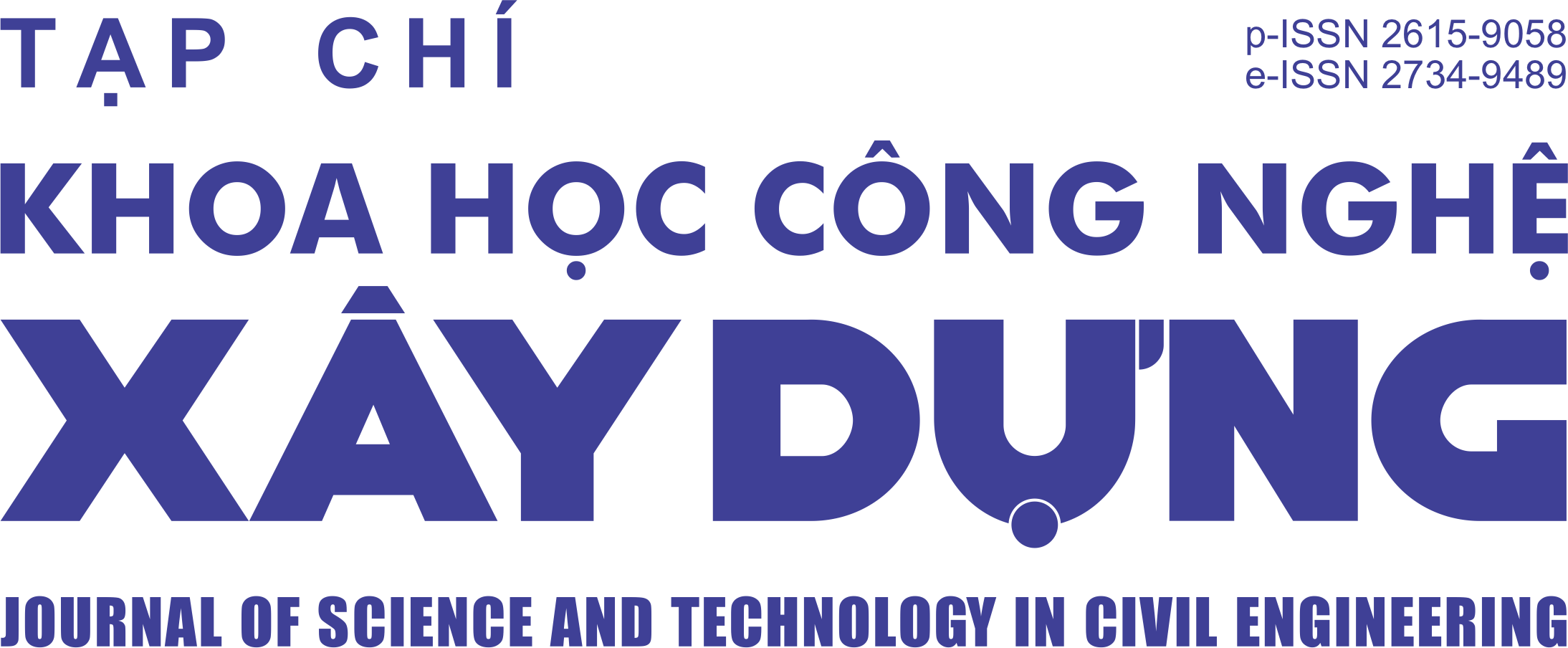A catboost-based surrogate model for fast prediction of free vibration response in tri-directional functionally graded plates
Abstract
Accurate numerical analysis of tri-directional functionally graded (3D-FGM) plates is computationally intensive, posing a major challenge for design optimization and reliability assessment. To overcome this, we propose an efficient surrogate model based on the CatBoost algorithm and benchmark its performance against a finely tuned Artificial Neural Network (ANN) for rapid prediction of free vibration responses. A high-fidelity dataset comprising 20000 samples was generated using a validated model that integrates Isogeometric Analysis (IGA) with Generalized Shear Deformation Theory (GSDT). Each sample includes eighteen input parameters (material control points) and three outputs: natural frequency, total ceramic volume fraction, and plate mass. The models were systematically evaluated by investigating the influence of hyperparameters and dataset size on prediction accuracy (measured by MSE and MAPE) and computational time. The results demonstrate that the optimized CatBoost model achieves nearly nine-fold lower test MSE and is over 10.8 times faster than the ANN. These findings highlight CatBoost as a highly accurate and efficient surrogate, enabling fast and reliable analysis of complex composite structures for future engineering applications.
Downloads
Copyright (c) 2025 Hanoi University of Civil Engineering

This work is licensed under a Creative Commons Attribution-NonCommercial-NoDerivatives 4.0 International License.
1. The Author assigns all copyright in and to the article (the Work) to the Journal of Science and Technology in Civil Engineering (JSTCE) – Hanoi University of Civil Engineering (HUCE), including the right to publish, republish, transmit, sell and distribute the Work in whole or in part in electronic and print editions of the Journal, in all media of expression now known or later developed.
2. By this assignment of copyright to the JSTCE, reproduction, posting, transmission, distribution or other use of the Work in whole or in part in any medium by the Author requires a full citation to the Journal, suitable in form and content as follows: title of article, authors’ names, journal title, volume, issue, year, copyright owner as specified in the Journal, DOI number. Links to the final article published on the website of the Journal are encouraged.
3. The Author and the company/employer agree that any and all copies of the final published version of the Work or any part thereof distributed or posted by them in print or electronic format as permitted herein will include the notice of copyright as stipulated in the Journal and a full citation to the Journal as published on the website.







